OFSC Ontario Snowmobiling Realities Ignored On Social Media…
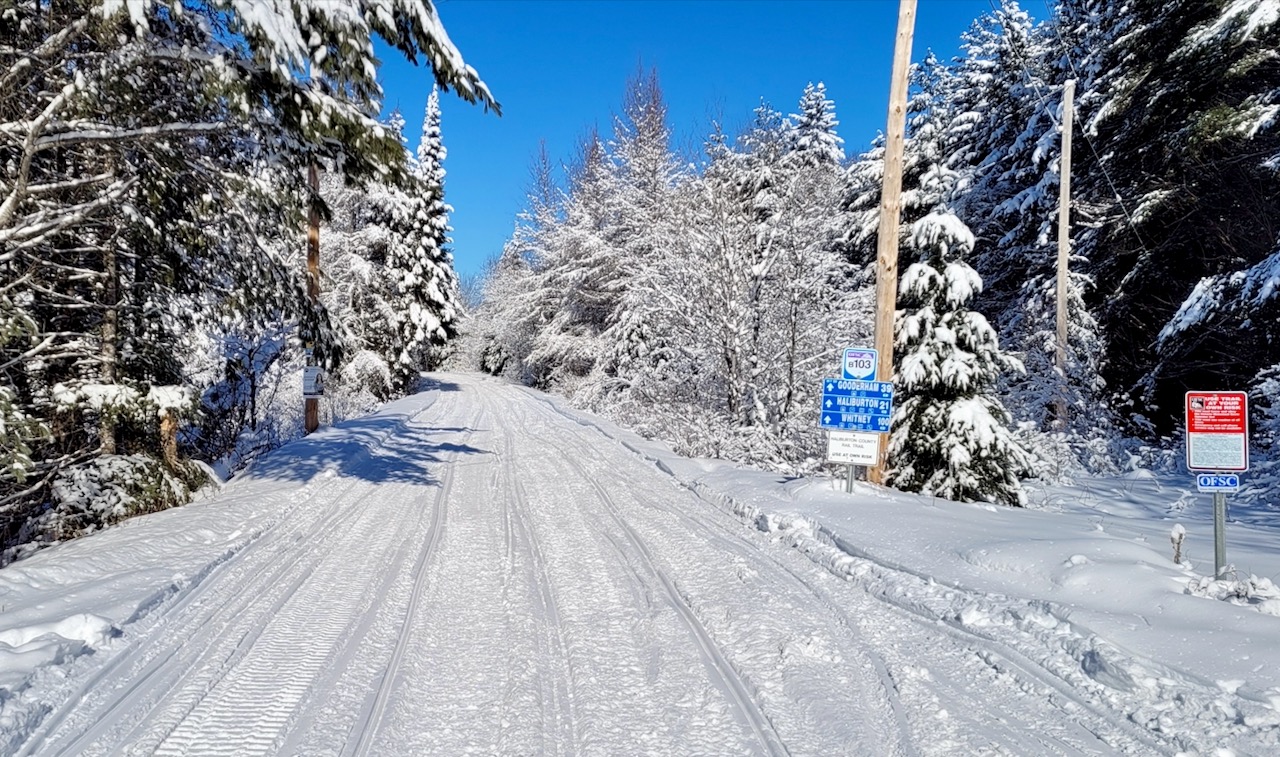
Related: Sled Insurance Buying Tips
I’ll be the first to admit that the Ontario Federation of Snowmobile Clubs (OFSC) isn’t perfect. For that matter, I’m not aware of any provincial or state snowmobile association that is. But will OFSC-related misconceptions ever end? in many respects, the OFSC plays the game at a higher level than most. In part, that’s because the OFSC operates between a rock and a hard place.
What may appear to be a viable option in other jurisdictions is often not possible in Ontario. Why? Because they don’t have to contend with.of our legal framework, liability realities and potential long-term ramifications. But most Ontario snowmobilers don’t even know about or consider this. And we all know what can happen to simple solutions when lawyers get involved!
Social media contains many accusing questions and strident complaints about the OFSC and organized snowmobiling in Ontario. Many of these arise out of riders’ OFSC-related misconceptions regarding the basics of organized snowmobiling.
I’ve selected a bunch of the most common misunderstandings. I’ve also provided realities I’ve learned during my many years as an Ontario-based, award-winning, powersports journalist. Hopefully, my post will help dispel some OFSC-related misconceptions. And raise the level of informed dialogue a notch or two on social media.
OFSC-Related Misconceptions About How Organized Snowmobiling Works
Who Is The OFSC?
When referring to “the OFSC”, we’re actually talking about everyone involved in the “organized” part of Ontario snowmobiling. The OFSC comprises thousands of committed folks. The club volunteers who prep their local trails. The groomer operators and those who make local operational decisions at club meetings. Then there are the district-level volunteers and staff who contribute to better co-ordination and inter-club cooperation within their region. And finally, the volunteers and staff who serve provincially to support clubs and districts with permit revenues, strategic planning, programs and technology systems. Together, all of these folks are the OFSC. Their collective mission is to do everything possible to deliver a provincial snowmobile trail system.
Who Is and Who Is NOT an OFSC Member?
16 independent snowmobile clubs formed the OFSC in 1967. They became its first members. Their OFSC is a volunteer led, not for profit association. Year-round, it provides a unified voice, plus provincial leadership and support for its member clubs.
Here’s one of the biggest OFSC-related misconceptions. Buying a trail permit does NOT make the purchaser an OFSC member. Or entitled that individual to the privileges of OFSC membership. The permit buyer purchases a product from the OFSC (winter-only access to any available trails in the OFSC network) and that transaction makes you a customer NOT an OFSC member.
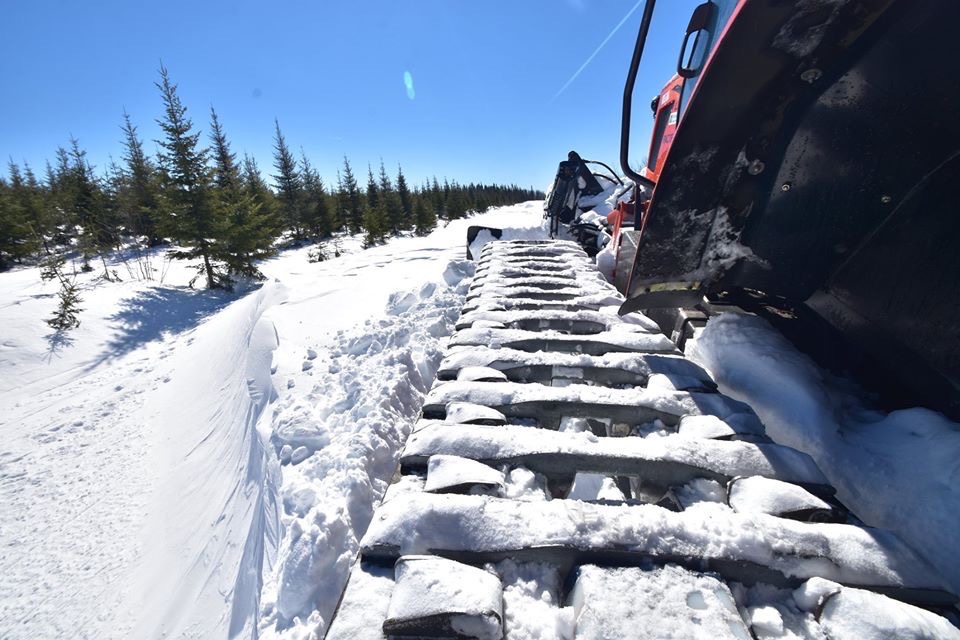
OFSC-Related Misconceptions About Trail Permits
What Happened To The OFSC Trail Permit?
Did you know that the “OFSC” Trail Permit ceased to exist in 2001? That’s when Ontario Government Bill 101 made significant changes to Ontario’s Motorized Snow Vehicles Act (MSVA). As a result, a new legal entity called the “Ontario Snowmobile Trail Permit” (in several types) replaced the “OFSC Trail Permit”. It started being issued by the Ministry of Transportation of Ontario (MTO), with the new name, plus a new legal status enforceable under provincial law by police services and other agencies. Remember, MTO issues the permit for a specific sled, not for the person riding it.
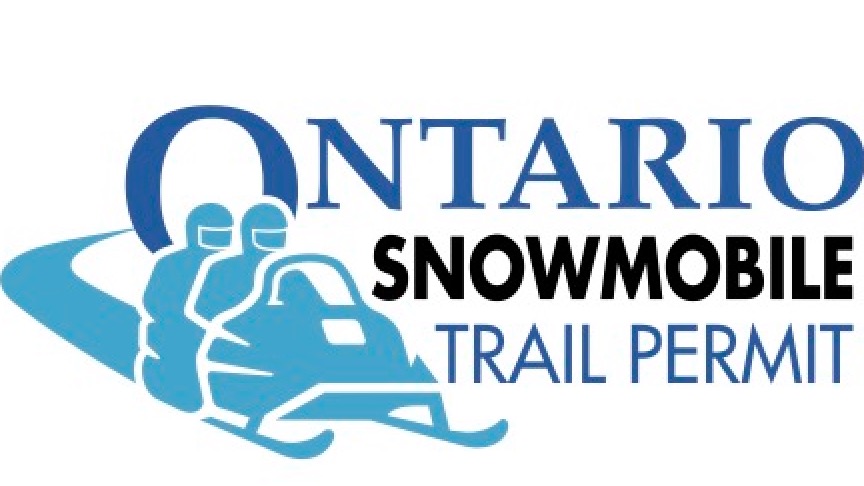
How Is The OFSC Involved With The Ontario Snowmobile Trail Permit?
MTO authorizes the OFSC as its exclusive sales agent for the Ontario Snowmobile Trail Permit. Under this agreement, the OFSC is responsible for every aspect of the selling process. This includes printing & managing permits, fulfilling permit orders, and tracking permit revenues. All according to MTO requirements and subject to various MTO audits. What’s more, the OFSC retains all permit revenues with a mandate to invest them in the delivery of a provincial snowmobile trail system. The OFSC receives no operational funding from the Government of Ontario.
Who Sets Trail Permit Fees?
Another of the OFSC-related misconceptions is that the OFSC sets permit fees. In fact, Ontario Snowmobile Trail Permit fees are reviewed and approved annually by MTO. The OFSC makes permit fee recommendations a year in advance as approved by OFSC clubs at their Annual General Meeting (which MTO may or may not accept). This includes several different permit types and “early bird” offerings, But as with other products that MTO sells (licence plates, renewal stickers, driver’s licences, etc.) no refunds, rebates or discounts are provided. Even for reasons such as shortage of snow, trail unavailability or lack of use by the permit buyer!
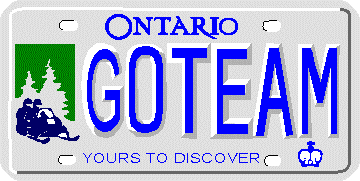
Why Are Ontario Snowmobile Trail Permits Online Only?
As MTO’s exclusive permit sales agent, the OFSC must accurately track, reconcile and account for every permit sold. Transitioning permit sales to online-only enabled the OFSC to be more certain and consistent with this reporting requirement. It also relieved clubs of the major and time-consuming task of selling permits. Now, volunteers can dedicate more time and effort to their primary responsibility for trail operations.

Do My Permit Dollars Go To One Specific Club?
No, they don’t. Not anymore. When buying an Ontario Snowmobile Trail Permit, you can still choose a club. But only to provide consent for that club to communicate with you about volunteering, club news and opportunities.
Instead as part of all permit revenues, your permit fee is allocated to all OFSC Districts thru an equitable distribution formula. Payment also flows from the OFSC to districts for actual in-season grooming hours logged by clubs as determined thru OFSC Groomer Fleet Tracking Technology. Each district then portions out permit revenues received to its clubs for their operational needs.
Essentially, this system ensures that more grooming dollars go to the districts (and their clubs) with more snow in any given winter. To my knowledge, the OFSC pioneered this approach to putting more money where the snow is. And to date is the only snowmobile association with the system in place to ensure it happens.
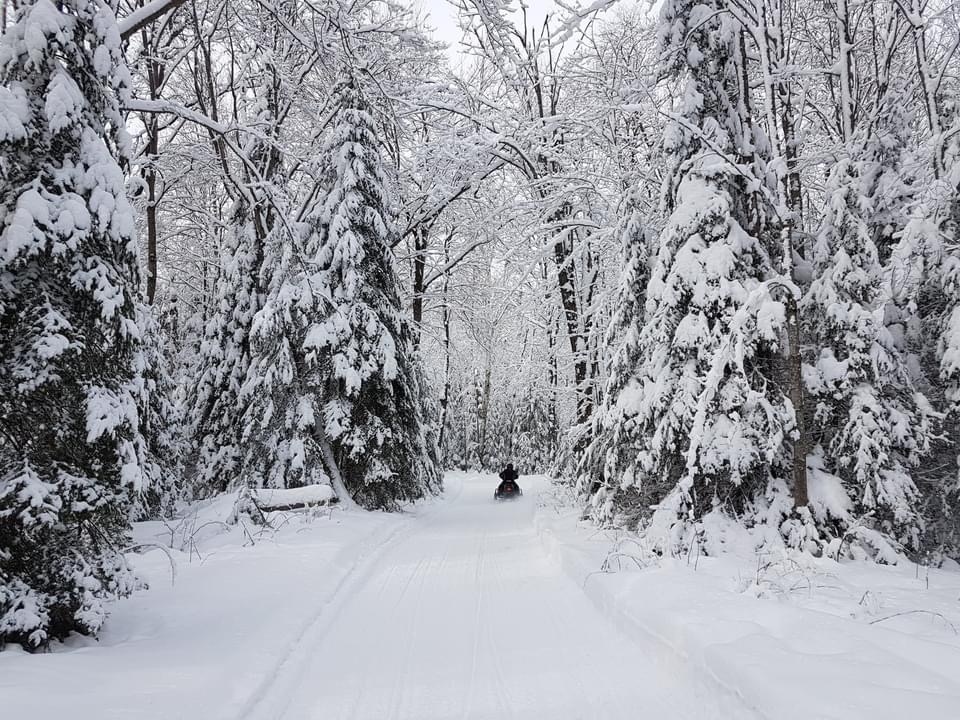
Why Should You Buy an Ontario Snowmobile Trail Permit Early?
The most obvious reason is that you can save money by purchasing early (best deal by Nov. 1). But an even more important reason is that the OFSC and its clubs need your permit dollars to get trails ready for the coming winter. Sure, by purchasing early you are betting on snow and available trails. But the OFSC and its clubs take a much larger and even more expensive risk each pre-season. They gamble that the millions of dollars invested in advance to get trail operations ready will pay off for everyone when it snows.
That’s why as soon as one winter ends, the OFSC commits 70% – 80% of expected permit revenues from the next winter to get ready. This includes:
- Extensive pre-season prep on existing trails & re-routes.
- Major infrastructure repairs & upgrades.
- Signage & stake replacement.
- Groomer servicing, fleet refurbishing & replacement.
- Obtaining land use permissions and trail liability insurance (necessary before any trail work can even start).
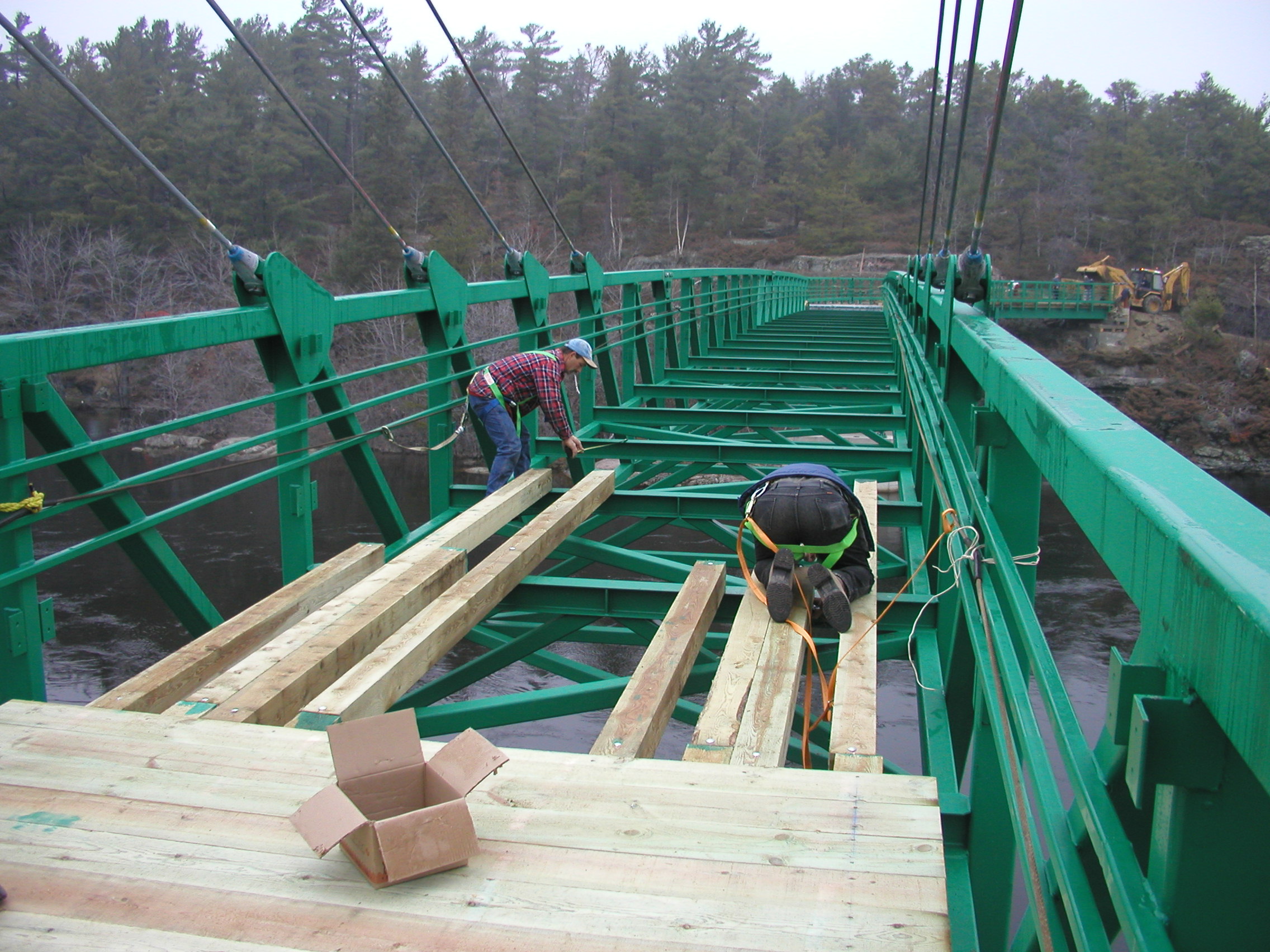
Many other costly, behind-the scenes essentials are also underway, such as printing (and paying for) permits and improvements to Permit Tracking, Groomer Tracking and Interactive Trail Guide.
Without these pre-season investments, trails simply couldn’t by ready before the new winter arrives. So, by not purchasing early to support the OFSC and its clubs in pre-season prep, you’re actually taking an even bigger gamble – the risk that when snow arrives, trails won’t be ready yet!
OFSC-Related Misconceptions About Trails
What Is An OFSC Prescribed Snowmobile Trail?
In 2001, the term “OFSC Prescribed Snowmobile Trail” also came into being through Bill 101, the amendment to the Motorized Snow Vehicles Act (MSVA). OFSC Prescribed Snowmobile Trail is the legal designation for any trails authorized and operated by the OFSC and its member clubs. Sledders who primarily access and use an OFSC Prescribed Snowmobile Trail for recreational trail riding purposes require an Ontario Snowmobile Trail Permit (with a few minor exceptions). The small blue & white “OFSC Prescribed Trail” sign below identifies these winter-only corridors. And yes, OFSC Prescribed Snowmobile Trails are enforced by police services and other agencies.
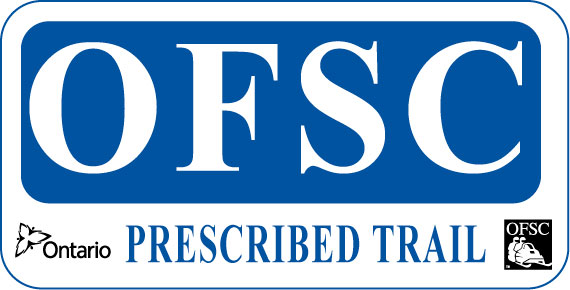
How Is Trail Status Updated On The Interactive Trail Guide?
The Interactive Trail Guide is the only authorized source of status information for winter-only OFSC Prescribed Snowmobile Trails. The OFSC is responsible for ITG technology improvements and fixing any unexpected glitches. In-season, each OFSC District office updates trail status at least three times a week (or more often as needed). These updates are based on new information received from its clubs whenever changes occur. Criteria for trail status types and trail status changes were established through the OFSC after approval by OFSC clubs at an Annual General Meeting.
The ITG is dormant from winter’s end (variable date) to the following December 1st. This is to coincide with the duration of seasonal land use permissions and to help reduce incidents of trespass by other user groups in other seasons.
How Come Trails On The ITG Could Show Red After it Snows?
Decent snow is one key ingredient for great trails. But snow by itself won’t change trail status for Red to Yellow or Green on the ITG. As this winter has clearly demonstrated, there are two other ingredients that maybe even more important. One is to have all pre-season preparations for the arrival of snow completed BEFORE it falls. If that happens, then the 3rd ingredient is also critical to trail status: the ability to manage snow in-season to deliver good, long-lasting trails. And that ability decreases if pre-season prep isn’t complete and/or if so much snow falls that groomers can’t handle it quickly.
Note that of these three ingredients, only snow is nature dependent. The other two depend on timely human intervention and a large, upfront infusion of cash from permit revenues (see “Why Buy Early” above).
Do You Need A Permit to Snowmobile on Crown Land?
To the best of my knowledge, the answer is yes, for snowmobilers whose primary purpose is recreational trail riding. Then, you do need a trail permit to ride any designated OFSC Prescribed Snowmobile Trail on public land and Crown Land. According to my website searching, you can snowmobile on Crown land for recreational trail riding purposes only if:
- the activity is not restricted (for example through planning or placement of a sign)
- you follow any applicable legislation (for example the Motorized Snow Vehicles Act, which makes having an Ontario Snowmobile Trail Permit a legal requirement on all OFSC Prescribed Snowmobile Trails).
- you avoid riding an OFSC Prescribed Snowmobile Trail if your sled doesn’t have an Ontario Snowmobile Trail Permit.
Besides, an OFSC Prescribed Snowmobile Trail on Crown or Public Land incurs the same costs to prepare and maintain as one on private land. So, recreational snowmobilers riding an OFSC Prescribed Snowmobile Trails on Crown Land should pay their fair share same as anywhere else.
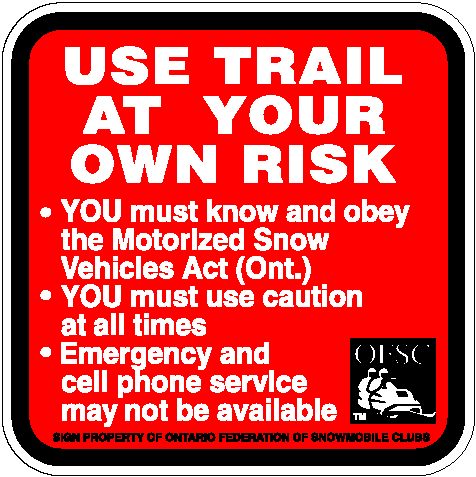
Why Has Organized Snowmobiling Become So Complicated?
In a nutshell, the simple answer is that our entire society has become much more complicated since the founding of the OFSC is 1967. New laws. More laws. Increased liability concerns. More enforcement issues. Additional land use restrictions. Heightened expectations. Disregard for doing what’s necessary to preserve snowmobile trails. You name it, the OFSC and its clubs are in an ongoing struggle to keep ahead of the complication curve. All the while everyone’s working tirelessly to deliver snowmobile trails that are increasingly expensive, complex and vulnerable. Constant negativity on social media doesn’t inspire much motivation to keep up the good work.
Who Should You Contact?
Club: For operational inquiries about trail status or grooming in one specific locality, reach out to the snowmobile club responsible for that area. Their volunteers are your best and most immediate source of local information. If you still have a comment or question, contact the OFSC District where the club is located. Another option is to attend a club meeting to ask your question in person.
District: For operational inquiries of a more regional nature about trail status or grooming that involve more than one club or a trail(s) running thru that region, contact staff at the OFSC District office for the area.
Provincial: For inquiries about provincial systems, programs, permits & technologies (but not about the status of a specific trail(s) or grooming operations), contact the OFSC directly.
And here’s my anti-harassment advice to consider when you do make contact: Please note that in-season, volunteers and staff are extremely busy delivering the provincial snowmobile trail system. So, response times may take longer than usual. Abusive, insulting, offensive or threatening language will not be tolerated and will result in your inquiry being immediately terminated.

My Last Word About OFSC-Related Misconceptions
Frankly, I’m fed up with the negative outlook so many snowmobilers have about the OFSC and organized snowmobiling. The reality is that without the OFSC, its districts, clubs and volunteers – and its generous landowners – we wouldn’t have any marked, mapped and maintained trails to ride.
Have you thought for even a second what that would really be like? No trail interconnectivity. No trails to various popular sledding areas. No ability to snowmobile to better snow. No access to most communities and services. No big loops or snow tours. No more access permission across private property. No easy navigation from place to place. The list goes on…
Bottom line: the OFSC and organized snowmobiling is what provides our fav winter recreational activity. Let’s stop taking it for granted, bitching about it and start appreciating what we have, flaws and all!
The tips and advice in this blog are the opinions of the author, may not work in every situation and are intended only for the convenience and interest of the reader, who has the personal responsibility to confirm the validity, accuracy and relevancy of this information prior to putting it to their own use.
